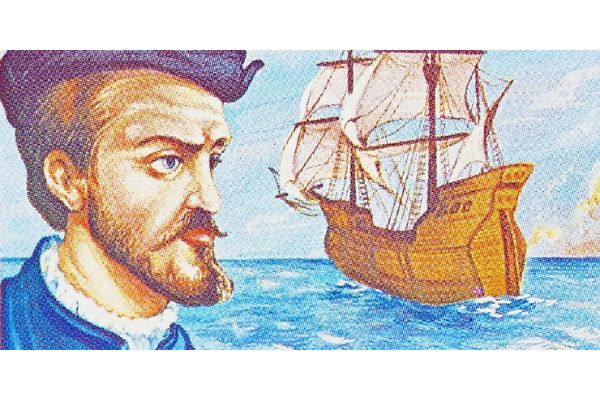Jacques Cartier’s third voyage was largely a failure
Following a conflict in Europe, King Francis I desired to establish a colony in Canada and was in a direct struggle with Spain over the territory. In 1541, he dispatched a third expedition to the nation, this one under the command of Jean-François de La Rocque de Roberval. Then Roberval appointed Jacques Cartier a subaltern. Cartier departed first; Roberval would not do so until a year later.
He made another trip to Montreal, but the rapids prevented him from continuing any further. Their second winter in Canada turned out to be just as challenging as their first, and it was made more challenging by deteriorating ties with the locals.
Nearly 800 people were expected to participate in this mission, which was intended to be a significant colonization effort. While the logistics and colonial management of the trip fell under the purview of Jean-François de La Rocque, sieur de Roberval, the explorations were left to Jacques Cartier. A senior military officer named Roberval was in charge of recruiting, arming the ships with weaponry, and bringing on craftsmen and several convicts. Only half of the crew, under the leadership of Cartier, were despatched to Canada by Roberval in May 1541, just before the expedition was scheduled to start because of preparation delays and the whims of the Spanish War. The following year saw the arrival of Roberval. At the meeting of the Cap Rouge and St. Lawrence rivers, many kilometers upstream of Quebec, Cartier and his men found a new colony.
After finding what they thought to be gold and diamonds, Cartier and his crew left for France. But when they discovered that they were iron pyrites and quartz crystals, they were dissatisfied. The identical result would occur in Roberval as it did in Cartier. The fact that Jacques Cartier's third expedition was unsuccessful is not widely known.







